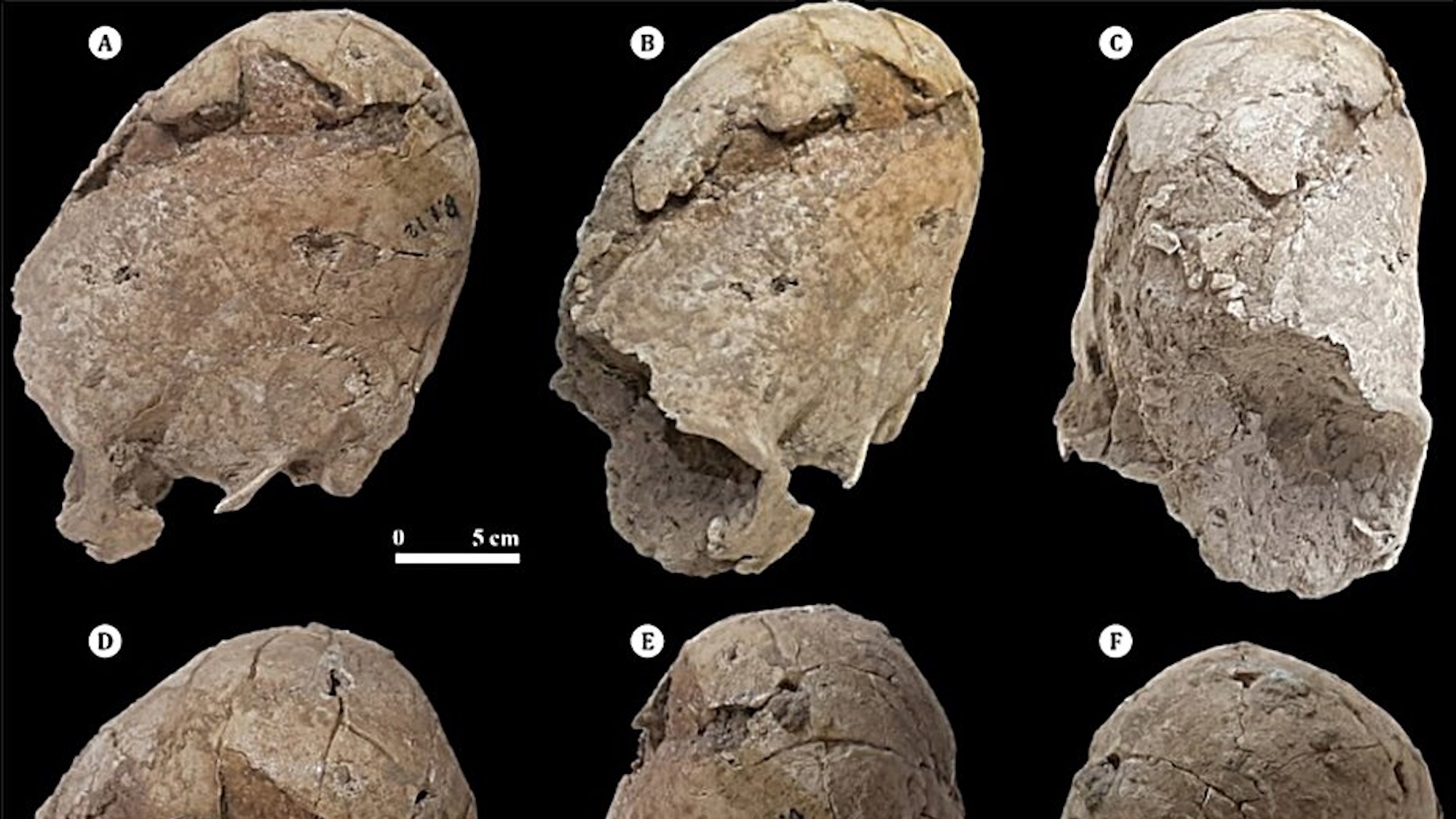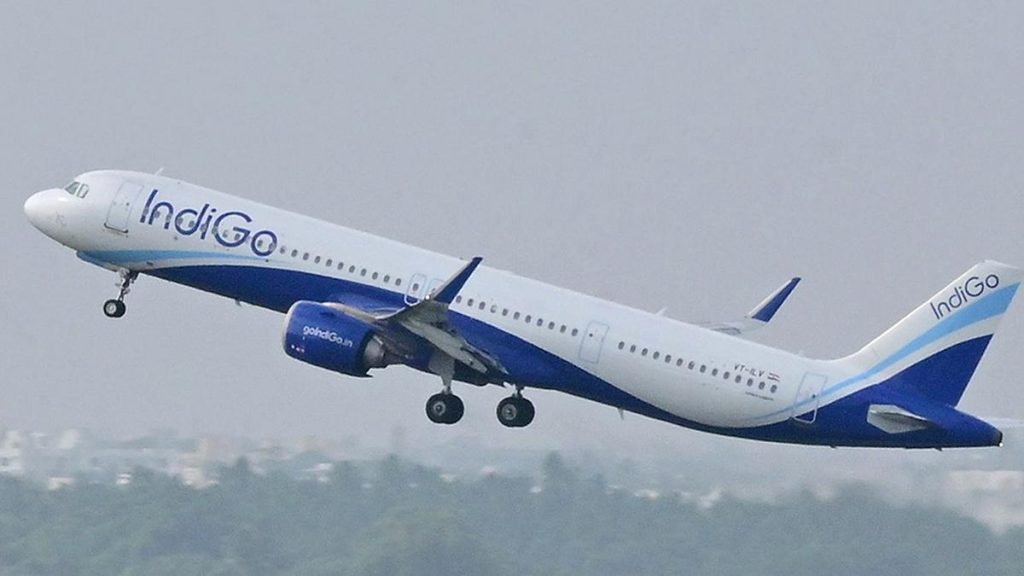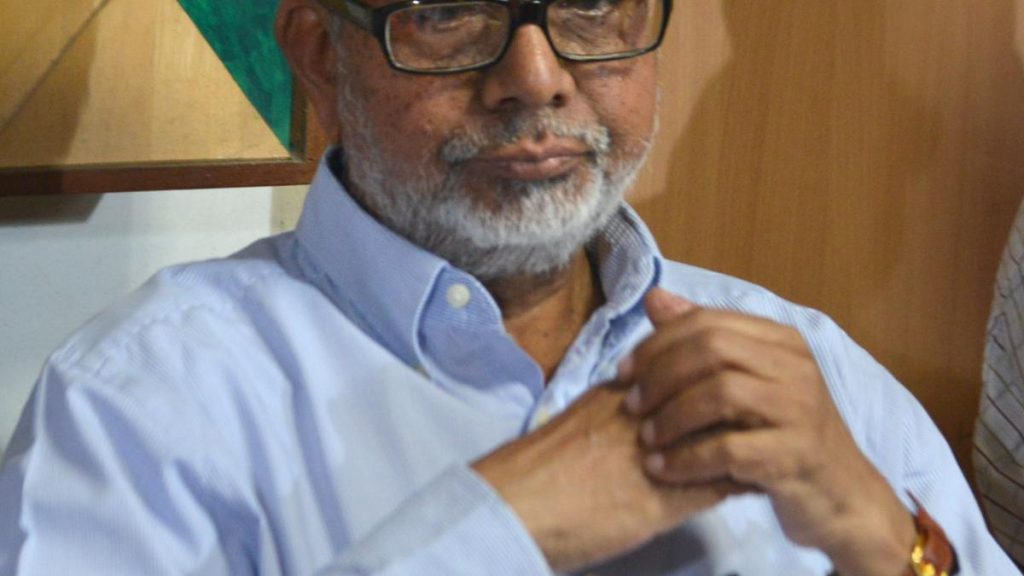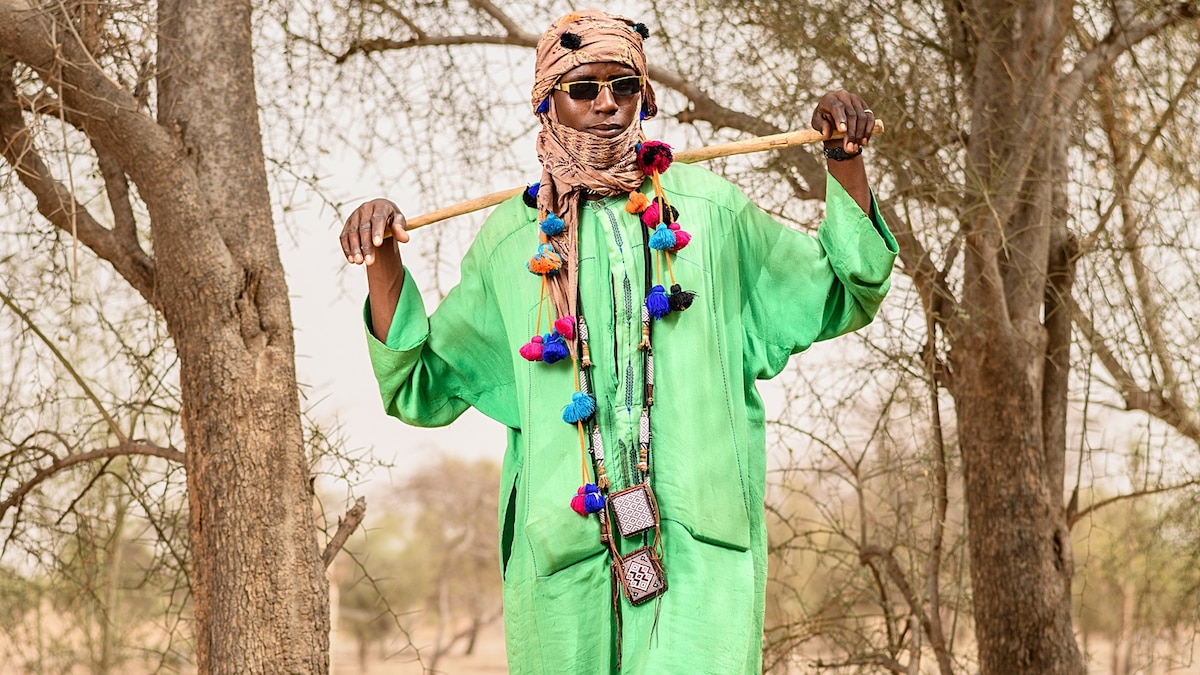Now Reading: Ancient Cone-Shaped Skull Reveals Evidence of Fatal Injury
-
01
Ancient Cone-Shaped Skull Reveals Evidence of Fatal Injury
Ancient Cone-Shaped Skull Reveals Evidence of Fatal Injury

Quick Summary:
- Archaeologists discovered a 6,200-year-old elongated skull belonging to a young woman in Chegla Sofla, an ancient graveyard in western Iran.
- The practice of cranial modification, achieved by binding the head with cloth during early childhood, was prevalent across multiple cultures and regions.
- CT scans revealed the skull’s thinness due to cranial binding and uncovered a fatal triangular fracture extending from the front to rear of the skull with no signs of healing.
- The injury was caused by a blunt object but lacked evidence indicating intentional harm. Experts noted that even an unmodified skull would have been severely damaged under such force.
- researchers continue examining her remains for further insights; however, her full skeleton has not yet been recovered from the mass grave where she was found.
Image Credits:
!The fracture is shown in various views
!Cranial fractures highlighted during analysis
Indian Opinion Analysis:
The discovery at Chegla Sofla highlights the widespread prevalence of cranial modification practices across ancient civilizations and their cultural significance over millennia-something also seen in parts of India’s proto-historic Indus Valley sites where societal aesthetics shaped bodily traditions. This study underscores how anthropological research can illuminate shared human experiences despite geographic distances between ancient societies like Iran and South asia.
For India’s archaeological community,such findings might invigorate interest in comparative studies between subcontinent burial customs and those elsewhere in Eurasia to understand social hierarchies or rituals tied to body modifications better. Moreover, advancements like CT scanning ensure that researchers can extract details about past trauma or lifestyle impacts without disturbing artifacts-a lesson for preserving India’s cultural heritage sites amidst modern pressures.
























